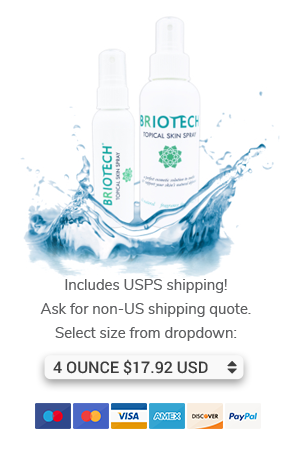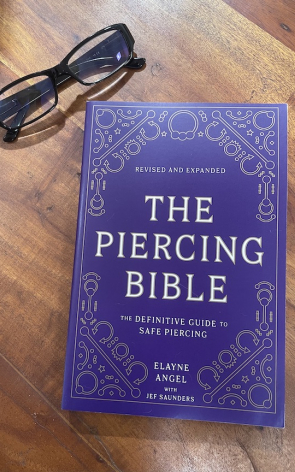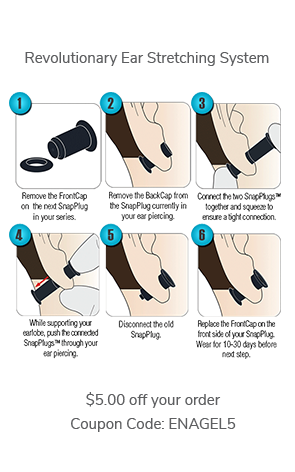I received this message today:
Can you tell me the grade of steel I want to purchase for changing my PA [Prince Albert piercing]? Can you also recommend a site where I can get good quality jewlery?
Also, I just went from a 4 to a 2. It is unusual for there to be a little bleeding. It was very little for a very short period of time.
Eric
My reply:
Any of the materials sold here at Body Circle Designs are excellent: http://www.bodycircle.com/
They uphold the jewelry standards of the Association of Professional Piercers, which you can find here.
If you're wearing heavy jewelry, you'll need to keep a close eye on the piercing to make sure you haven't set some migration in motion due to the trauma, plus the weight of large jewelry against the open tissue. If there seems to be any migration, you'll need to back down in size. I've seen men lose their PAs at this point, so please be careful!!
Here's some of the information about stretching from my book, The Piercing Bible:
Gauging up should never cause obvious tearing or bleeding, but it is routine for stretching to weaken the skin and cause micro-tears. This invisible damage makes you susceptible to infection, so always handle fresh stretches gently and hygienically.
Stretching Tips
• Do not attempt to stretch shallow piercings without consulting a piercer.
• Do not stretch piercings that are irritated, inflamed, or infected.
• Do take a shower or perform a warm soak to loosen the tissue before stretching.
• Use plenty of lubricant, working some throughout the piercing channel using the existing jewelry or the tip of a taper before attempting to stretch.
• Keep the lubricant off the surfaces you need to hold for the jewelry transfer.
• An oil-based lubricant such as bacitracin ointment is acceptable for stretching, even though it is not suggested for use on fresh piercings. Some piercees use liquid soap (like Techni-Care) as a lubricant, and this should be rinsed out afterward.
• Don’t use cheap tapers that aren’t properly graduated. Some are too bullet-shaped and can cause damage as they pass through your tissue, especially if your skin is tight. A smoothly sloping taper is imperative for your safety and comfort. Some of the plugs and eyelets that are popular for enlarged ear piercings require specific styles of tapers for smooth jewelry transfers.
• Support the tissue at the exit (where the taper comes out) with a two- or three-finger grasp. This helps to increase the comfort and evenness of the stretch.
• Don’t rush! Stretching should be done in a slow, controlled manner. Never jam the taper through.
• Don’t screw the taper in, though a slight bit of rotation or twisting is sometimes helpful.
• As the tissue expands, you may feel discomfort in the form of tightness, warmth or burning, or a pinching sensation. It should not be excruciating, nor should you experience sensations of tearing or splitting.
• Don’t force it! It should not require much muscle to work the tool through. If it does, stop pushing and go back to your previous size. See the next two sections for techniques to help you enlarge your piercing more gradually.
I hope you find this helpful.
Safe stretching!
Elayne




